Which Data Cable is Best For Your Industrial Application?
Selecting the right data cable is an important process. This is because no two data cables are the same and the wrong cables can lead to disruption and error.
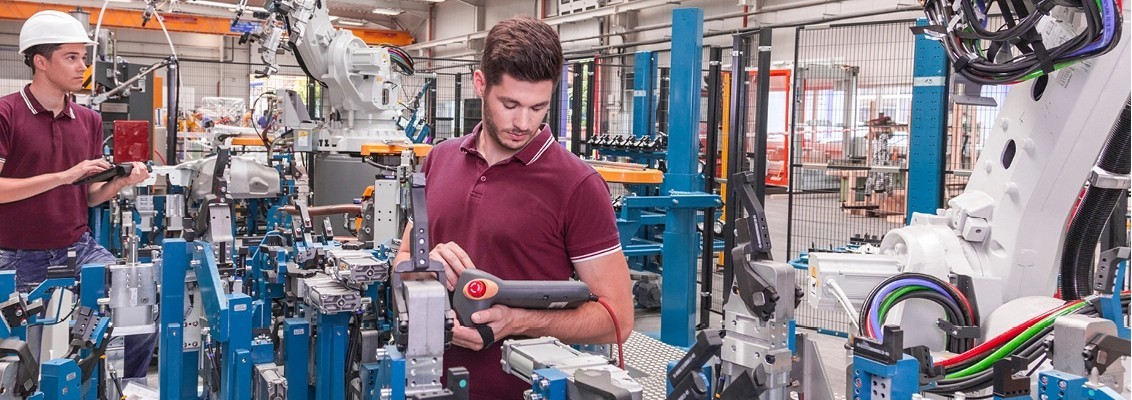
Contents:
In simple terms, a data cable is a cable that contributes to communication. So, any transfer of data requires a specialised data cable to do the job right. However, there are varying structures, sizes, and materials that make up data cables for different uses. For example, there are two main conductors; copper and fibre optic.
Throughout this article, we’ll be exploring data cables, use cases, and which data cable is best for you.
How Does a Data Cable Work?
In its simplest of terms, it works using the same principle as conducting electricity. A current sends voltages from a transmitting device to a receiving device. What makes a data cable different is that it transmits a series of 1s and 0s (binary code). The code travels at two voltages (0V and 5V to represent the binary) and is converted at the other end.
This is the process for copper cables. The speed and volume at which transmits along a copper data cable are regulated by Ethernet Standards.
Fibre optic data cables are very similar. However, instead of a current being sent using two different voltages, these cables send pulses of light. Much like turning a torch on and off where on represents 1 and off represents 0 in binary. The benefit of fibre optic cables is their data transfer capacity. As light travels faster than electricity, fibre optic cables are faster!
Successful data cable transmission relies on its construction. A solid wire with a round and uniform diameter offers the best performance. Plus, construction according to AWG is preferred as it results in a round conductor. Metric cables, on the other hand, have a bunched construction which leads to variable capacities and impaired data transmission.
Are All Data Cables the Same?
Not all data cables are the same. Copper data cables, for example, have various types. There are low-frequency, coaxial, telephone, BUS, Ethernet, and microwave cables. That said, microwave cables are for specialist applications needing transmission in gigahertz.
Generally, data cables are low-capacity cables. This means only a little energy gathers in the cable during transmission. We want this to be low because electrical energy impacts signal quality. We use specific insulation materials to achieve this low-capacity status. For example, BUS and Ethernet cables use PE or PP which offer a high insulation.
If you want to know what material makes good insulation, it’s those with a low dielectric constant (εr). The lower this value, the better the insulation, the lower the capacity, and the better the signal quality. This is also why thinner insulation materials can be used if the dielectric strength is the same.
A Comparison of Cable Insulation Materials
| Material | VDE -Label | Dielectric Constant | Halogen Free |
| PVC | Y | 3.6 - 6 | No |
| PVC +90°C | Yw | 4 - 6.5 | No |
| PE | 2Y | 2.3 | Yes |
| PE Foamed | 02Y | 1.6 - 1.8 | Yes |
| PP | 9Y | 2.3 - 2.4 | Yes |
| PP Foamed | 1.6 - 1.8 | Yes | |
| PUR | 11Y | 4 - 7 | Yes* |
| FEP | 6Y | 2.1 | No |
*dependent on flame retardants used
Are Data Cables and Charging Cables the Same?
Today, many cables in personal applications can be both a charging cable and a data cable. For example, Lightning cables, USB-A cables, and USB-C cables. But, in industrial applications, more robust data cabling solutions are required.
So, if you want an answer to the question “Can a data cable charge a phone?”, it’s yes. But, it has to be the right cable. For example, HELUKABEL's industrial Ethernet and BUS data cables have higher levels of construction designed for more than phone charging.
Can a Data Cable Cause a Fire?
Any electrical component risks fire, even to the smallest extent. In fact, BASEC has said that around 51,000 electrical fires break out every year. The third leading cause is a failure in electrical distribution. Other causes include:
- Using cheaper materials
- Not using low smoke emission cables
- Not using flame retardant cables
- Not using fire-resistant cables
- Not conducting fire performance assessments
- Using below-standard procedures
That said, data cables are seen as very low-threat in terms of causing a fire. This is because a data transfer cable is low-capacity.
To ensure your data cables have high levels of safety, they should be bought directly from the manufacturer. For example, at HELUKABEL, all our cables are manufactured to extremely high standards such as DIN VDE. This ensures our products are consistently produced to operate efficiently and minimise failure.
Does a Data Cable Typically Have Twisted-Pair Conductors?
In most residential and commercial instances, a data cable typically has twisted pair conductors. However, industrial applications require something a little more robust.
Industrial data transfer cables such as PROFInet , EtherCAT, and SERCOS III have star quad formations. This means they have two twisted pairs of cores that are stranded into a round shape. The benefit of this is little to no difference in transit time. Notably, opposite cores in the star quad form the electrical pair; if this rule is ignored, it leads to changed near-end crosstalk (NEXT).
Twisted-pair conductors, on the other hand, are much more common. But that doesn’t mean better. The individual twisted pairs require different lay lengths due to the decoupling. Then, if the incorrect twisted-pair cable is used, transmission quality and duration are impacted.
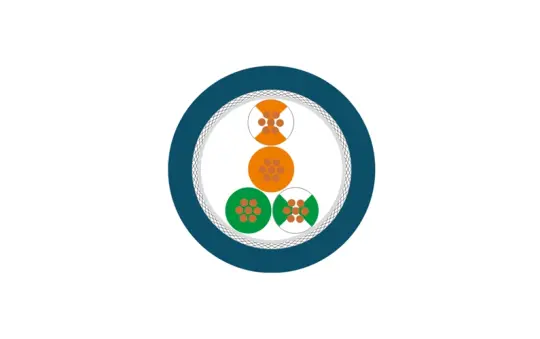
Twisted-Pair
- 4x core diameter
- 3x stranding
- Pairs according to illustration
- Straightforward
- Different signal transit times
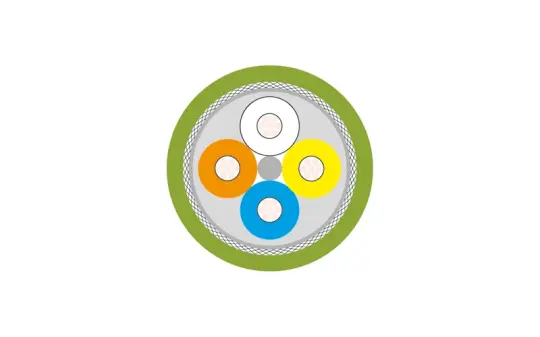
Star Quad
- 2.4x core diameter
- 1x stranding
- Diagonal cores create the electrical pair: white/blue and orange/yellow
- Identical signal transit times
Common Errors Choosing an Industrial Ethernet or BUS Cable
As we’ve already established, there are characteristics to every data cable. This means your industrial application will have particular data cable requirements. Choosing the wrong requirements can be harmful but here are four ways to reduce the chance:
1. Don’t Choose Low-Frequency Cables for High-Frequency Applications
This is a common cause of malfunction. While low-frequency cables are low-capacity, they have a different characteristic impedance than required by Ethernet Standards. The problem is, in low-frequency data cables, all pairs are laid in parallel strands and all lay lengths are the same. Ethernet cables in high-frequency applications require optimal decoupling achieved by different lay lengths.
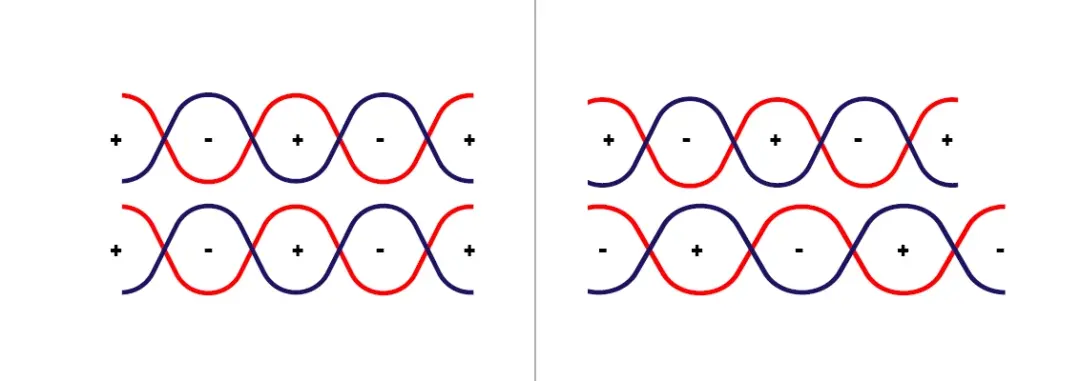
2. Don’t Select a Twisted-Pair Instead of a Star Quad
The configuration rules must be kept. For example, if the electrical pair isn’t diagonal in a star quad, the NEXT and characteristic impedance change. This change leads to lower transmission quality. Even screened, four-core sensor cables aren’t suitable in high-frequency industrial applications. The core insulation strength is not intended for Ethernet, and the stranding isn’t perfectly round. This results in unsuitable characteristic impedance, NEXT, and attenuation.
3. Don’t Order Too Long a Cable or Too Small A Diameter
According to the Ethernet Standards, a repeater must be used after max. 100m. This receives a weak signal but re-transmits at full strength. You can find segments longer than this, but they aren’t manufactured according to standards. Plus, long segments can lead to unwanted effects such as higher temperatures, cable ageing, and other defects. Then, there’s the diameter; thinner cables with AWG 26 diameters are limited to 60-70 metres. It’s important to remember every plug connector is a joint that causes loss via attenuation and reflection, which reduces range.
4. Don’t Apply the Incorrect Plug
Many Ethernet applications use non-standard and untested plugs. For example, a D-Sub or M12 which is A-coded with an 8-pin design. They transmit data, but the quality is significantly reduced because of the lower NEXT caused by the position of the middle pin. Standards for individual cables allow data and power transmission in a hybrid plug. E.g. PROFInet, EtherCAT, or SPE (Single Pair Ethernet). These either adhere to IEC norms, have an appropriate evaluation, or are being standardised.
Admissible Connectors:
| Standardised Hybrid Ethernet Plugs:
|
Some manufacturers have their own hybrid plug solutions that are not standardised but have been tested for Ethernet conformity. As a basic principle, we recommend sticking to standardised and evaluated Ethernet plug connectors.
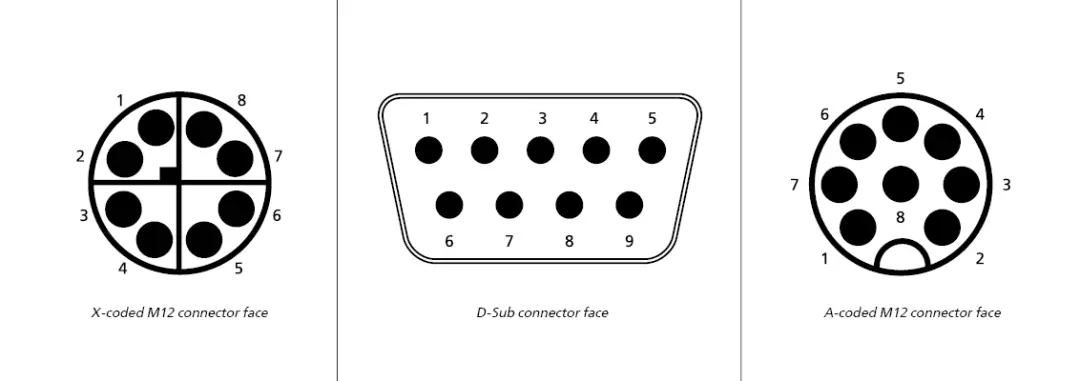
Data Cable Supplier Near Me
When you’re looking for specialised cables in your industrial application, it’s always best to look at the standards. They’re in place for a reason. They prevent failures and malfunctions while avoiding health and safety risks and maintaining component life.
When it comes to your data cables, pay attention to the cable type, segment length, number of plugs, and different diameters. Also consider the ageing of connecting components because they, too, can reduce transmission quality.
With 45 years of experience, HELUKABEL is an expert in connection technology. Our teams are always available to support you in selecting the right industrial Ethernet or BUS cable for your industrial application.
